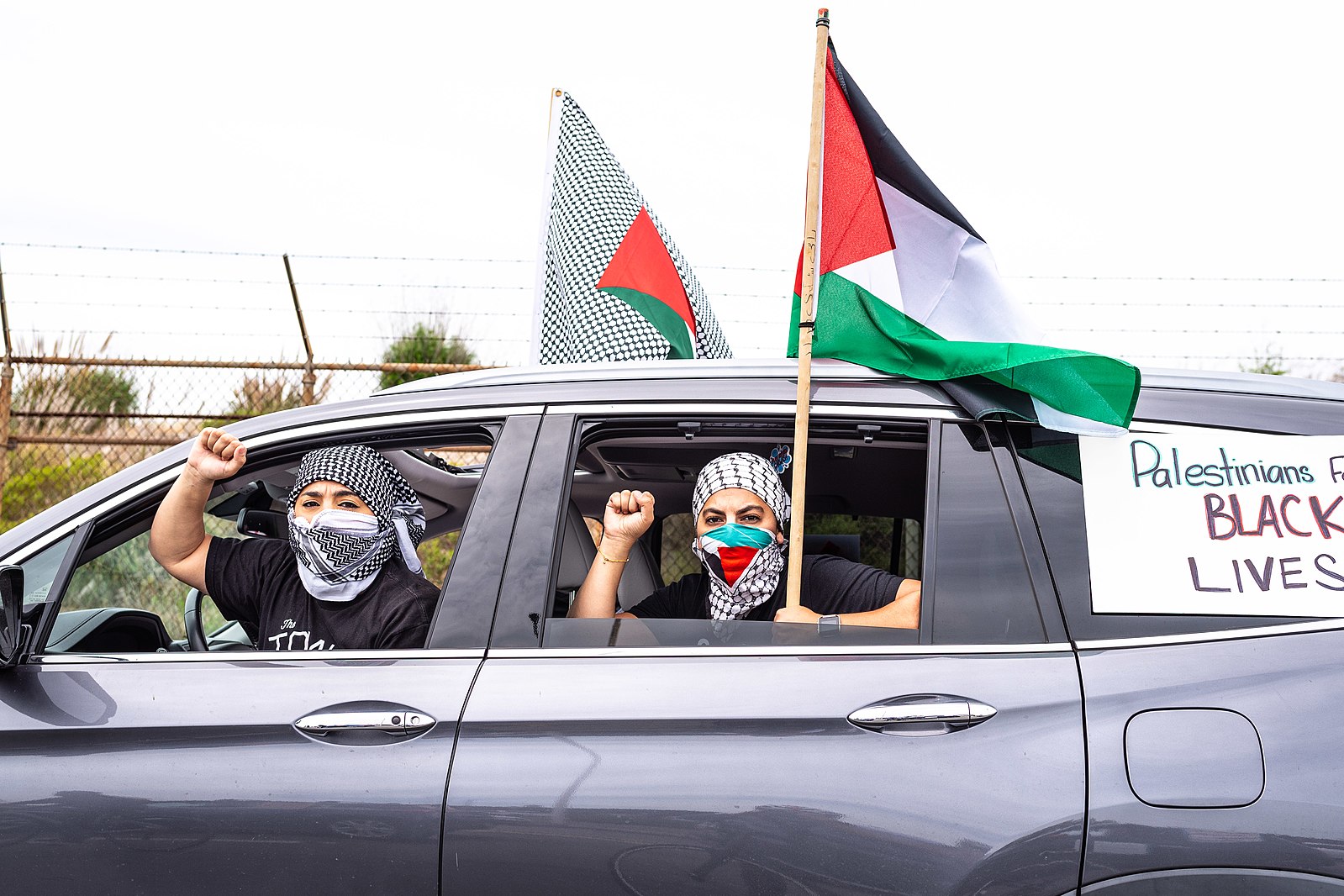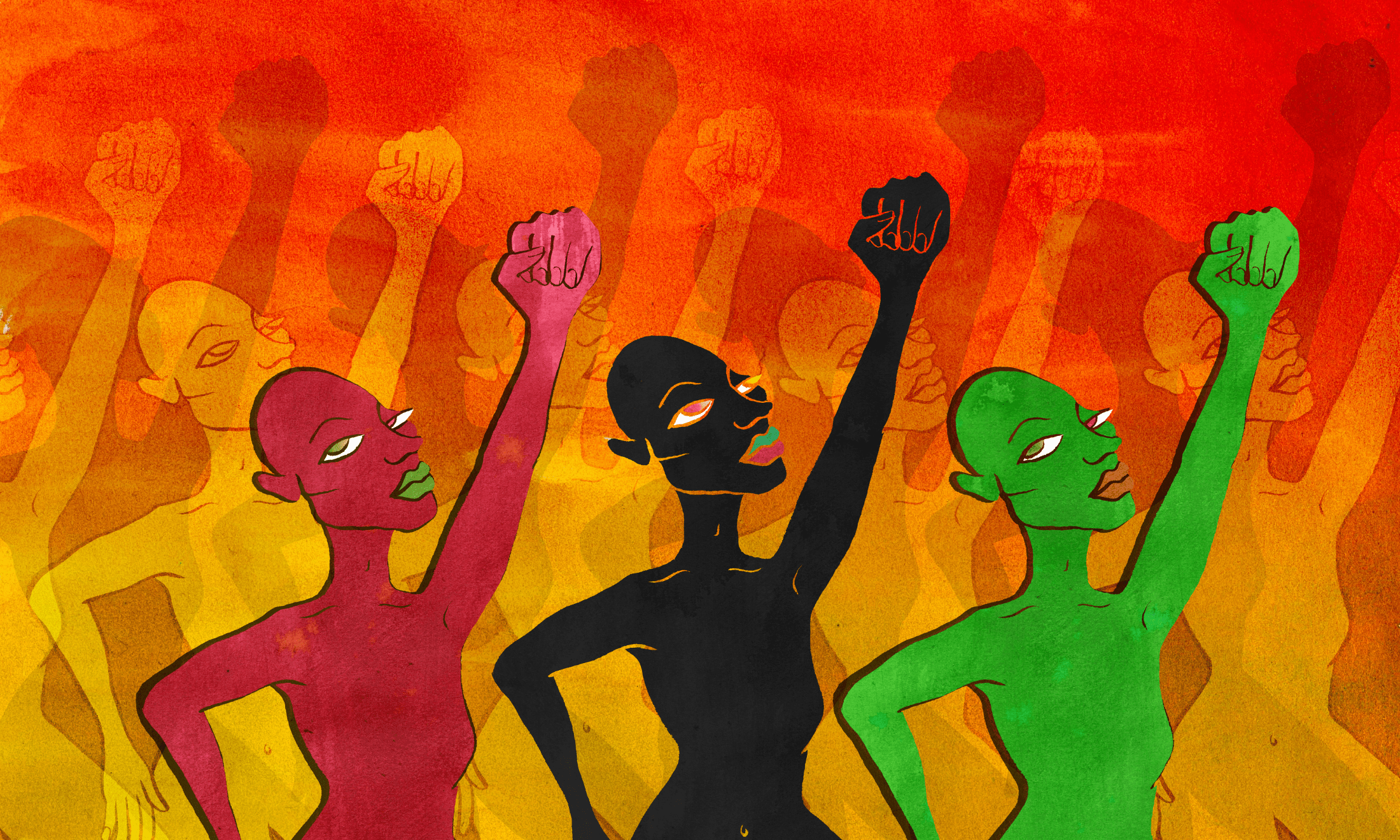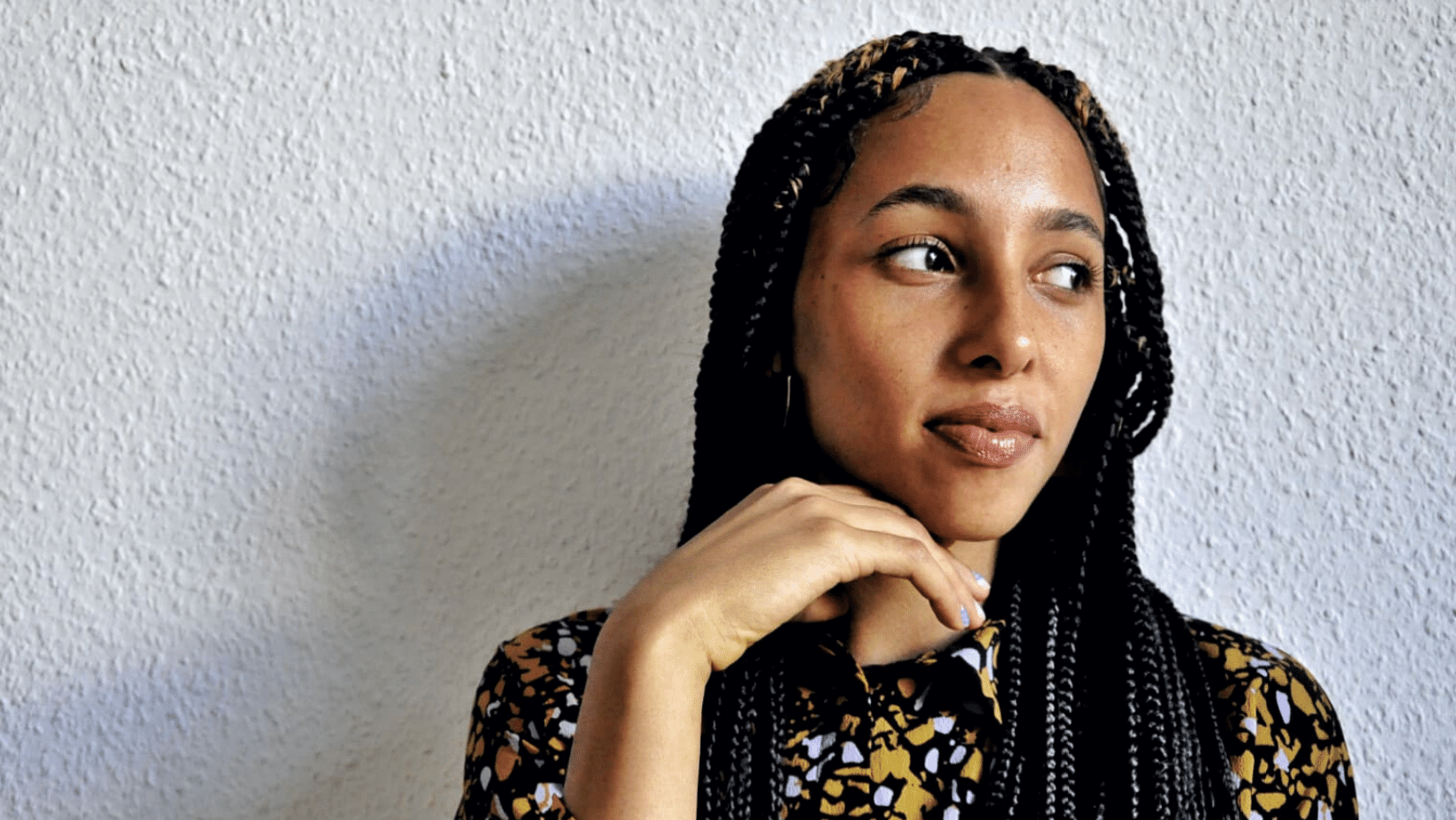
Naomi Osaka’s Black Lives Matter activism is challenging Japan’s attitude towards racism
The tennis star challenged anti-black racism and Japan's homogenous racial identity with seven face masks of black victims at the US Open.
Hagino Tiger Reid
15 Sep 2020
Illustration by Niellah Arboine
On Saturday Naomi Osaka, the 22-year-old Japanese tennis player, won the US Open. For each round of the grand slam, she walked onto court with a face-mask emblazoned with the name of a black victim of police violence: Breonna Taylor, Elijah McClain, George Floyd, Ahmaud Arbery, Trayvon Martin, Philando Castile and Tamir Rice. Her actions came in the wake of the shooting of Jacob Blake on 23 August.
In a year of unprecedented uprisings and movements, the activism of this black athlete may not stand out. But to me, someone who shares a similar heritage to Naomi, the global visibility of a black Japanese sports star speaking out publicly against racism and police violence while representing Japan is worth paying close attention to. It’s also a golden opportunity to show solidarity. I am only too familiar with how my Asian motherland and her diaspora overseas see racism, and specifically anti-blackness, as a distinctly foreign or American problem. In a year which saw the first-ever Black Lives Matter protests take place in Japan, Naomi’s win, coupled with her activism, has not only helped contextualise BLM to a Japanese audience and bring structural racism back into the spotlight, it has challenged what it means to be Japanese.
“My Asian motherland and her people overseas see racism as a distinctly foreign or American problem”
Even before Naomi wore these face-masks, just by being black and choosing to represent Japan she was already challenging the nation’s strict notion of identity. In a previous gal-dem piece I wrote about the term for people like Naomi and myself, hafu. Taken from the English word “half”, it usually describes someone who is Japanese and white. I am mixed white and Japanese, the very much accepted and palatable version of hafu, but black and Japanese is an oxymoron. I asked my mother if she thinks that Naomi is Japanese – “She isn’t Japanese, she’s American”. When I ask her if she thinks that her daughters are Japanese, she replied “まあまあ” which means “so so”. As I so often find, her understanding is a worrying reflection of the wider population’s psyche. You are only Japanese if you look, sound, and behave like you are, otherwise you are 外人 (foreign or gaijin) – the kanji characters meaning literally “outside person”.
From the 1860s, after more than 200 years of isolationist foreign policy, Japan’s ruling powers using the emperor’s propagandist ideology of a superior “pure” Japanese race built an empire. They colonised Taiwan, Korea, Manchuria and expanded further to cover China and parts of South East Asia, until the Empire’s demise at the end of WW2. Modern Japan was built in the aftermath of the atomic bombs dropped on Hiroshima and Nagasaki and occupation by the USA. Despite Japan’s war crimes and Pearl Harbour, America allowed Japan’s emperor to keep control and sweep its violent and bloody colonial past under the carpet, to help rebirth a global capitalist nation. This historical amnesia is a rot just below the surface and much like the lasting impacts of slavery and colonisation we are experiencing in Britain today, Japan is yet to confront its history.
Japan is also an ethnically homogenous society with immigrants only making up 1% of the population. On the whole, most people have no experience of seeing other races, so a naive assumption persists that racism doesn’t exist in Japan. This isn’t the case. As a recent NY Times piece about BLM protests explained, “Japan has a longstanding history of discrimination against minorities, including the descendants of Koreans brought to Japan as forced labor before and during World War II; Indigenous groups like the Ainu of the northernmost island, Hokkaido; and mixed-race individuals.”
“I was pleasantly surprised to see the first-ever Black Lives Matter protests taking place across multiple Japanese cities this spring”
Like many of the Japanese diaspora I was pleasantly surprised to see the first-ever Black Lives Matter protests taking place across multiple Japanese cities this spring. On Twitter, Naomi echoed my sentiments, “There have even been BLM marches in Japan! That makes me so happy.” Although the Tokyo crowds of 3500 people were smaller in comparison to those in London, for the first time “No Justice, No Peace” and other anti-racist chants rang across the nation.
However, for every step forward we move two steps back. In June, Japan’s national broadcaster NHK, equivalent to the BBC, broadcast a racist video depicting harmful stereotypes of black protesters. As black writer and activist Baye Mcneil succinctly put it, “NHK! Y’all can do better!“. In the same article Baye also goes on to explain that another mainstream TV channel TBS went as far as having white supremacist Jared Taylor to talk about Black Lives Matter issues.
It is with the backdrop of my motherland’s history and the new BLM movements that Naomi could be seen as an agent for change, not just in America but for Japan. Using her platform has meant that the stories of seven victims of police violence have taken up space on mainstream television and broadsheet newspapers in a country that rarely talks about racism. While her win takes centre stage, the stories of police violence are right there with her. NHK TV evening news dedicated as much reporting to her activism as her win, while Mainichi national newspaper and TV Asashi Sunday had a full breakdown of who each of the victims were. As a Japanese friend told me after the final, “If Osaka doesn’t talk about it, no one will take any notice, it’s important that she continues to do it.”
Of course in 2020 and the current era of polarisation, not all the attention Naomi has received has been positive. There are plenty of Twitter threads declaring her not to be Japanese and asking why a tennis player has brought “foreign problems” into the living rooms of the nation. Her corporate sponsorships in Japan aren’t approving of her activism either. According to Mainichi, sources linked to the brands are quoted as saying, “I don’t think she needed to do that while she’s fighting her way to the top. If possible, we’d like her to attract more attention with her tennis skills”.
Regardless of the haters, Naomi knows the impact that it’s having. When asked at the award ceremony what the message was behind the masks she said, “The point was to make people start talking.” With this undoubtedly achieved, surely she has the Tokyo Olympics, the ultimate symbol of national pride, in her sights for next summer. For me and many other mixed race Japanese children, she is a much-needed role model. I for one cannot wait for a black Japanese woman and fellow hafu to be on that Olympic podium in Tokyo next summer. And while the Japanese national anthem blares over the speakers, I hope to watch Naomi Osaka raise a fist in the air.









